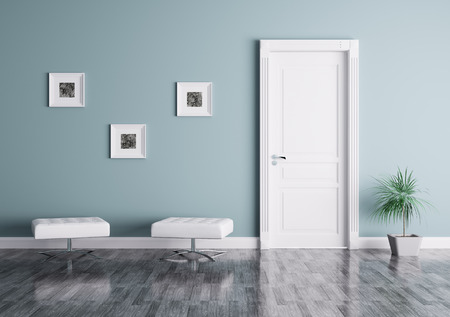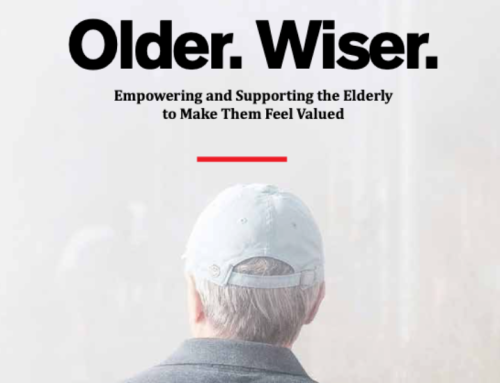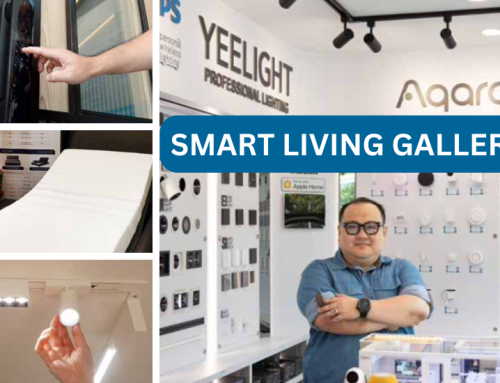In the Netherlands, the number of seniors who continue to live happily and safely in the familiarity of their home environment ranks among the highest in the world. Mr. Wic Tjang, a Dutch-trained architect from The ID Company, says, “The focus, should always be on improving the following aspects in a senior’s life: Safety, mobility, comfort and convenience and self-reliance/self-worth.”
Access/Doors

As it is impossible to completely accident-proof a home, the emphasis should be on helping seniors preserve or improve their independence in daily life. For best results, seniors themselves must be personally involved in order to avoid “forcing” unwanted changes upon them. In this article, we will focus on tips to improve the physical features of the home environment with seniors in mind. It is best to carry out a room-by-room assessment of the current home while considering the lifestyle and needs of the elderly residents. In the room-by-room assessment, consider the following aspects:
- Doors should be wide enough for wheelchair access, with clear manoeuvring space of at least 1250x1500mm on both sides.
- Doors and door frames should ideally be in contrasting colours to adjacent walls for more distinct demarcation.
- Lever handles are easier to operate than round knob handles.
- Where level differences are inevitable, consider adding a ramp and install grab bars or handrails. Rugs should be placed with careful consideration so as not to hinder or endanger walking with or without walker or cane.
- For the ease of wheelchair users, eye viewers in the main door should be placed at an appropriate height.
- Outward opening doors will enable easier rescuer access, especially when rescuers need to reach a person lying motionless behind the door. If site conditions permit, sliding doors are recommended as they are easier to operate.
- Where colours of the floors are close to those of walls, use distinct, contrasting colours for skirting at the interface of floor and walls to enhance clear demarcation of walls.
Walls/Ceilings
- Light-coloured, non-reflective walls and white ceilings contribute to a brighter space and better vision.
Lighting
As we age, our vision deteriorates and we need more light to perform average tasks as compared to our younger days. Adequate lighting is extremely important for safety, comfort and convenience. For light fixtures and design, a competent designer will be able to provide advice on how you can achieve recommended LUX levels (luminous flux per unit area) suitable for various tasks and rooms. Light sources need to be carefully positioned to minimise reflective glare.
- Ample natural light is ideal and helps to create to a more cheerful and happy environment. Adjustable window coverings such as blinds and shades will minimise disturbing glare while optimising incoming light. A remote control feature will reduce strain on seniors while operating it.
Cabinets/Wardrobes
Sliding doors save space compared to swing doors and they are recommended, provided that the sliding mechanisms are smooth and the doors have proper grips. Providing pull-out clothing racks that slide in and out from the wardrobe or closet will be most convenient for the elderly user because it avoids the need to stretch to reach items.
- Avoid creating sharp corners. Where they exist, add rounded protective bumpers to walls, tables and cabinet corners.
Floors
Floor surfaces need to be level without drops and be slip resistant as well, especially in wet areas such as the bathrooms, toilets, kitchen, terrace or balcony.











